Sandhya Naidu Janardhan is the Founder and Managing Director of Community Design Agency (CDA) which is a Mumbai-based design studio with an experienced team of architects, engineers, business professionals, community planners, place-makers, and artists.
CDA also works on democratizing access to architecture and design by working alongside marginalized communities to improve their homes, neighborhoods, and workspaces. Ms Naidu has spearheaded projects that include building a safe workplace for sex workers, a slum redevelopment project to house 1,400 people, an e-waste project to reimagine a place of business, and a spatial and infrastructure improvement project in a public housing neighborhood in Mumbai.
In this opinion piece, she shares insight on how the architecture and design can play an important role in redevelopment and rehabilitation to improve built environment for marginalised communities.
Slums have become ubiquitous parts of the urban landscape today. The lack of formal planning and public infrastructure in these settlements makes them unhealthy and unsafe for the residents. There is an urgent need to provide safe and healthy housing to these communities. It is also important to note that the value or the capacities of those living on the margins of society is not limited to their earning capability financially, but also their social capital built over decades of co-existing together and facing challenges and celebrating during good times together. Social capital and social infrastructure are robust sources of comfort in informal settlements, critical to the residents' survival. .jpg.jpg)
Yet, most housing programmes across the world tend to focus on the individual family unit. The current thinking on slum redevelopment places particular emphasis on the number of people to be housed and the result is impersonal multi-storied buildings in which the slum residents have no agency on where and how they want to live. Seldom is it looked at as the number of communities that are in need of a better quality of life. Housing is marketed as a product to individuals based purely on their individual financial capacity to buy homes. Additionally, a top-down approach towards redevelopment and rehabilitation does not foster a sense of ownership among the community towards the built environment. What we need instead is to change the target of housing programmes and other schemes from building millions of homes to building thousands of communities.
Design and architecture services are affordable and accessible to only a certain small section of society. Making them available to marginalised communities can help improve their built environment and socio-economic issues that stem from poorly designed neighbourhoods. We need to build processes that deepen the social fabric and ensure that these communities stay together while being given the opportunity to transform their neighbourhoods into robust and healthy places of living and thriving. Slum redevelopment should be approached through the lens of community building, with a focus on co-creating alongside the residents as equal stakeholders and the ultimate end-users, not just as beneficiaries. This way the design and construction can be implemented through a participatory and community - led process. Further, in addition to tapping into the inherent social cohesion, it is equally critical to address the financial framework to redevelop slums and other marginalised communties into healthy, safe and even more vibrant communities. A blended finance model which brings together the community’s contribution, government subsidy, philanthropic capital, CSR and social impact investments can play a major role in scaling this process across thousands of communities.
It is important to incorporate sustainability and climate resiliency in the design of the buildings itself. By including passive cooling mechanisms such as natural lighting and ventilation, electricity consumption can significantly be reduced. Carbon footprint and environmental impact of such projects can be lowered by using local construction resources and materials. Additional factors that contribute to sustainability include rainwater harvesting and solar lighting. For slum redevelopment to be both environmentally friendly and to have healthy and easily maintained spaces, an integrated approach to architecture, landscape and sustainability are important.
People living in slums are the backbone of most cities and a healthy society can only be achieved if all its citizens are thriving. As the urban population continues to increase, it is imperative to change the perception of slums from blight to one of great potential for humanity. Therefore, we must use the vibrant social capital and social infrastructure within slums to support residents in reimagining their physical spaces as safe and healthy places to live, work and play.



.jpg.jpg)
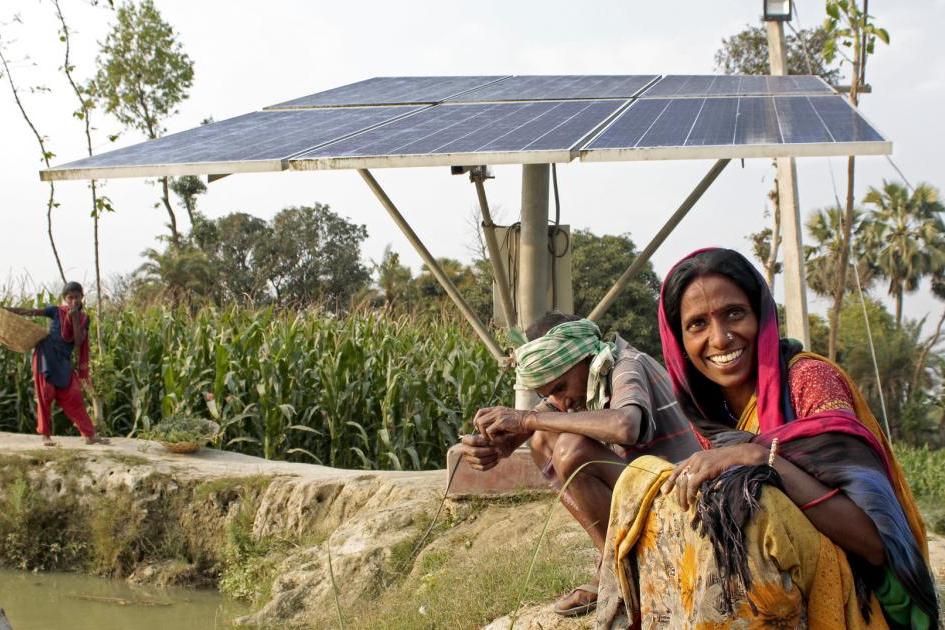
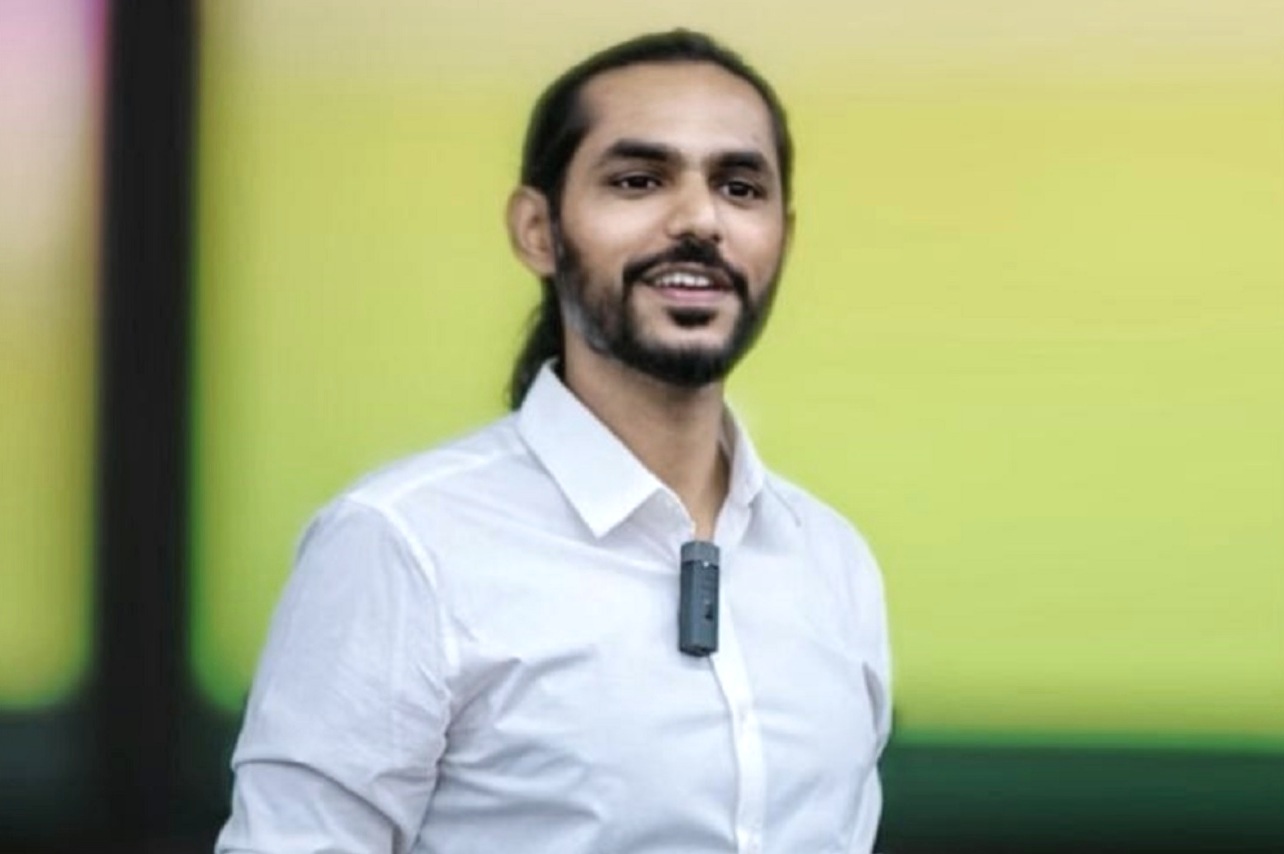
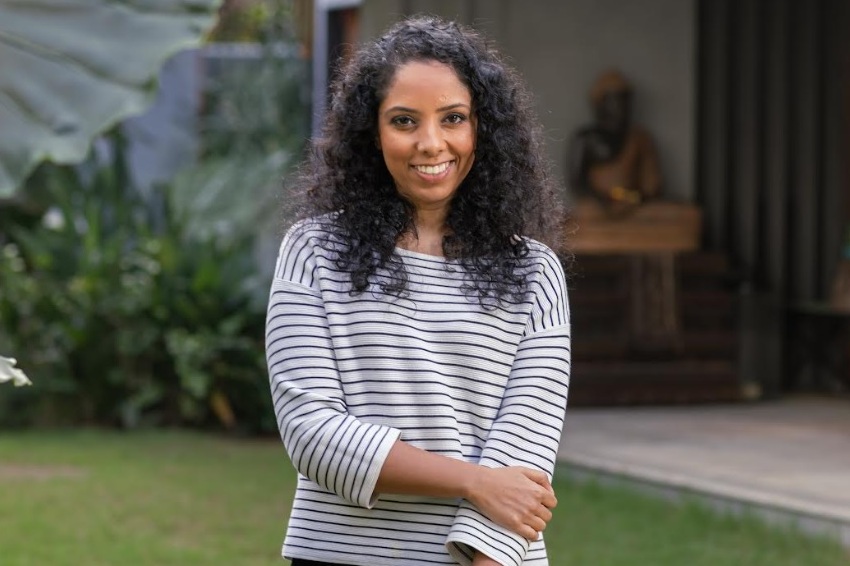



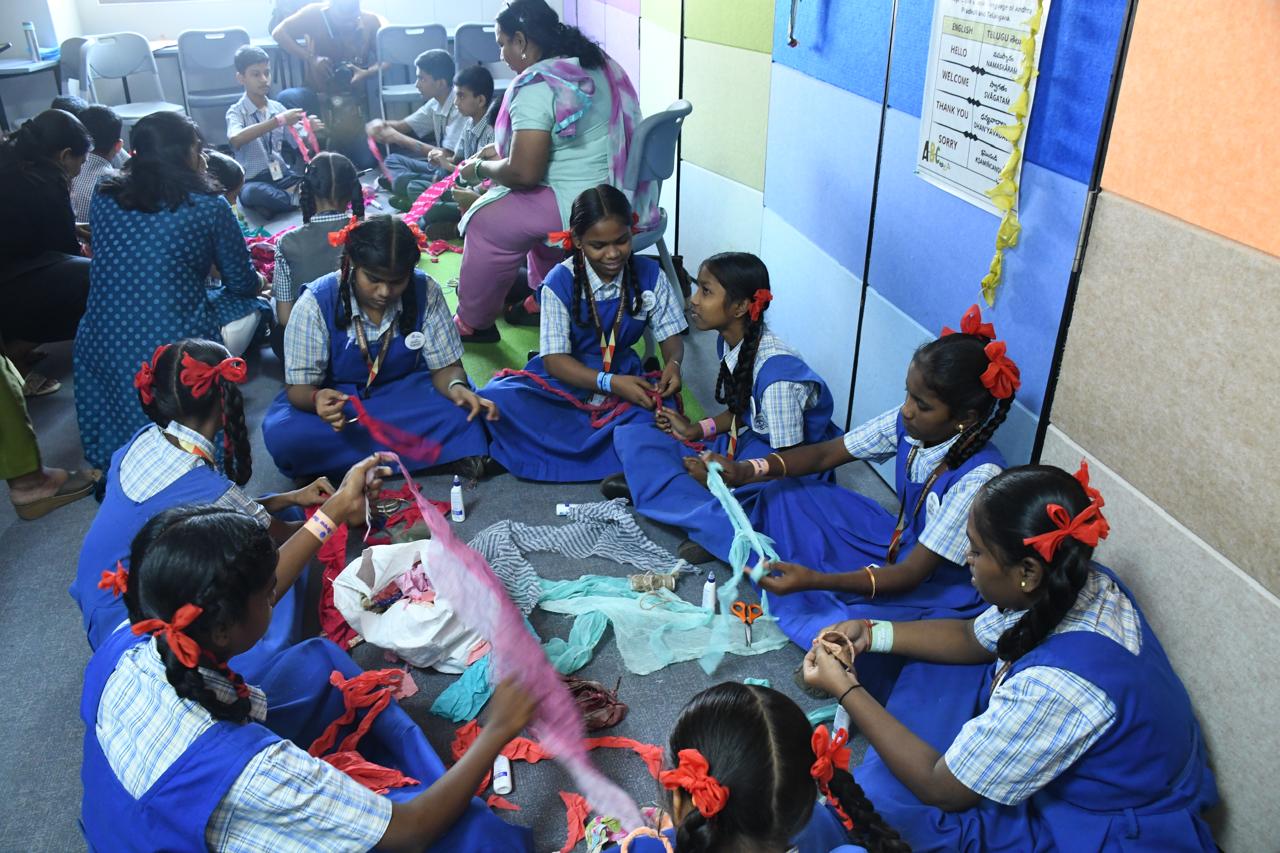




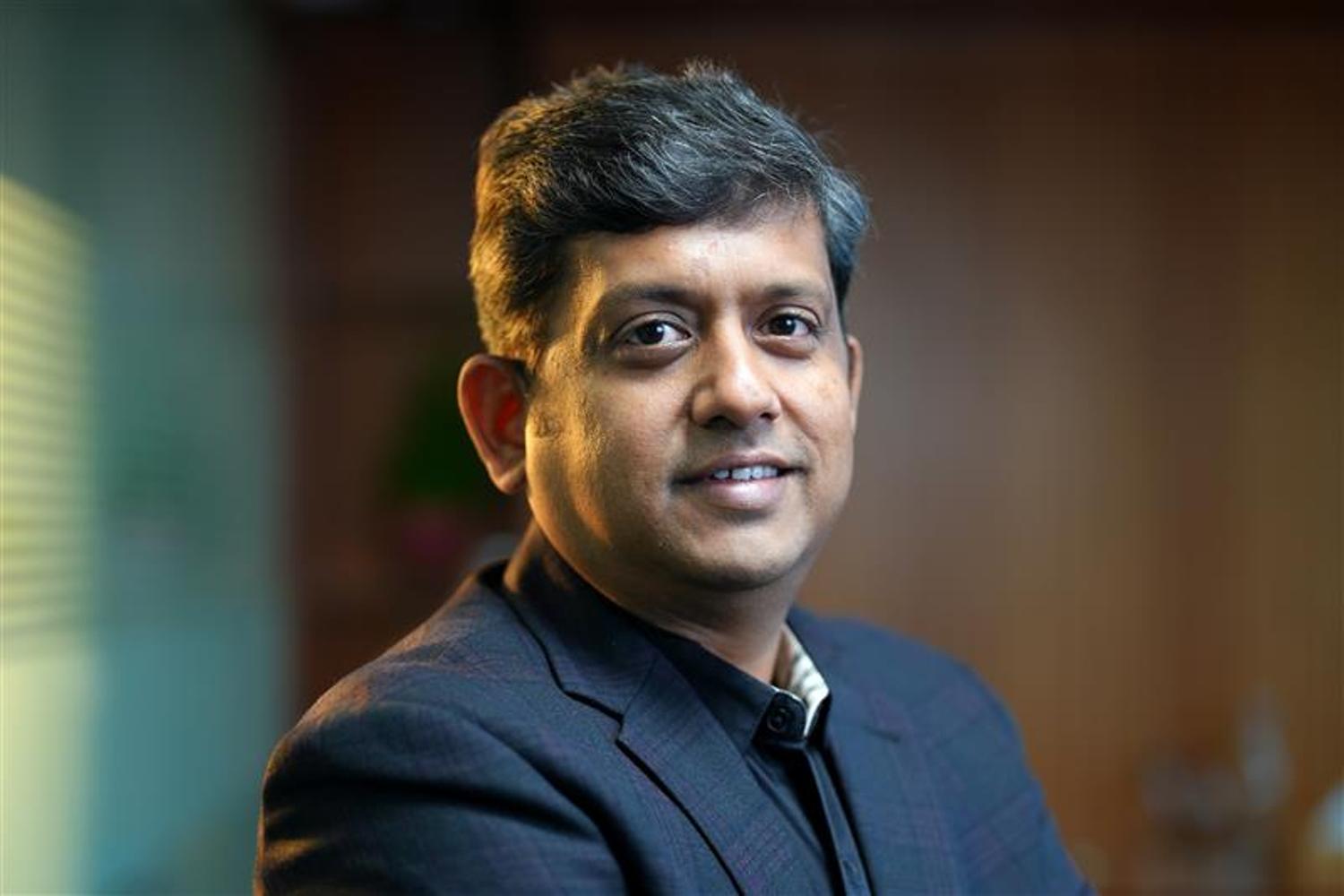

.jpg)




